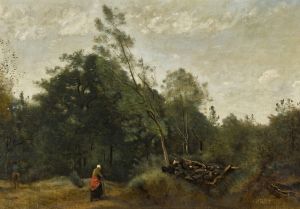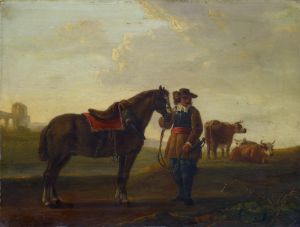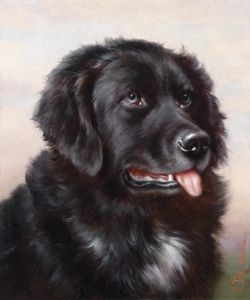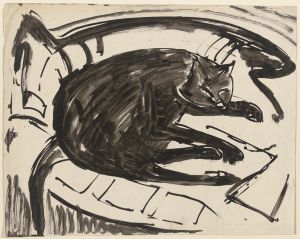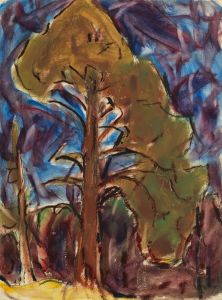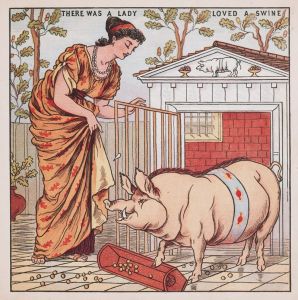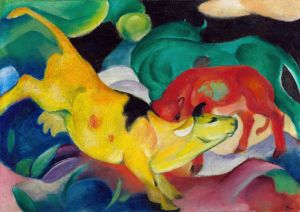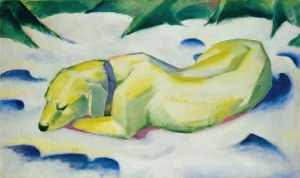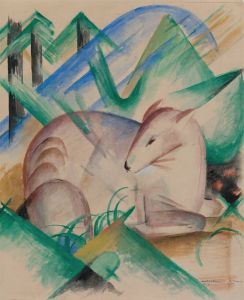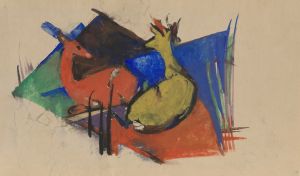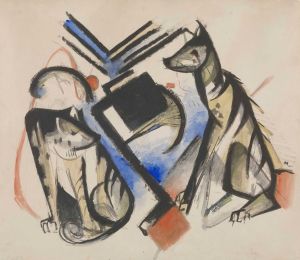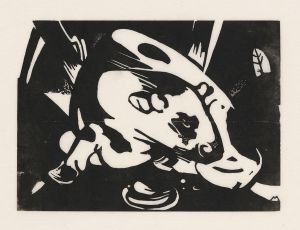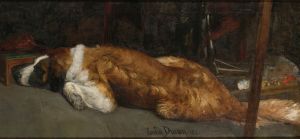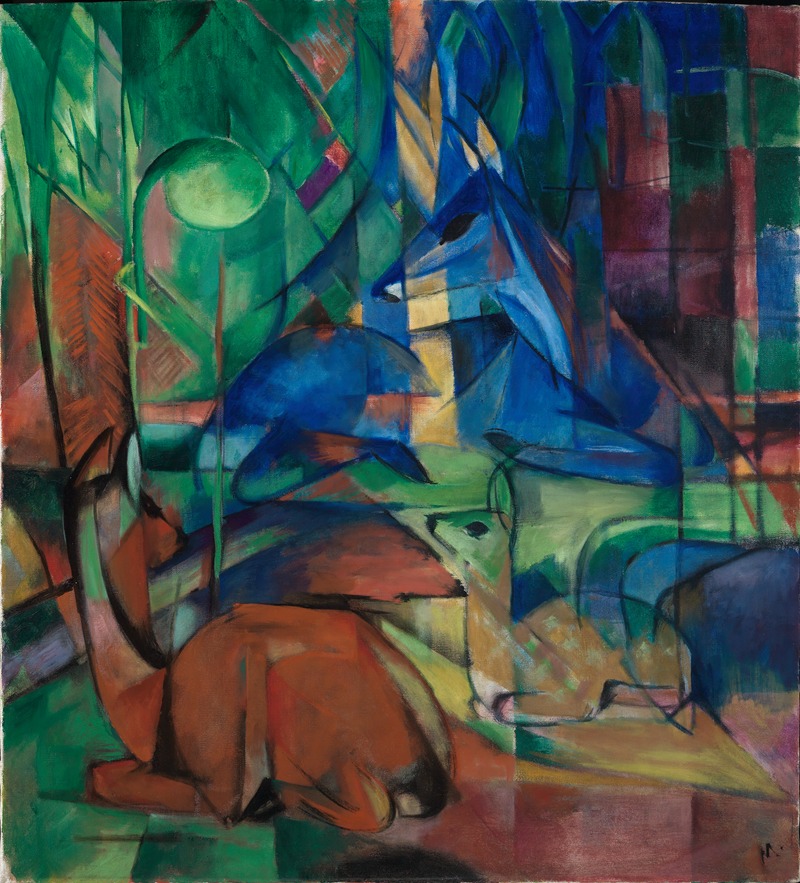
Rehe im Walde II
A hand-painted replica of Franz Marc’s masterpiece Rehe im Walde II, meticulously crafted by professional artists to capture the true essence of the original. Each piece is created with museum-quality canvas and rare mineral pigments, carefully painted by experienced artists with delicate brushstrokes and rich, layered colors to perfectly recreate the texture of the original artwork. Unlike machine-printed reproductions, this hand-painted version brings the painting to life, infused with the artist’s emotions and skill in every stroke. Whether for personal collection or home decoration, it instantly elevates the artistic atmosphere of any space.
Franz Marc was a German painter and one of the key figures of the German Expressionist movement. He was a founding member of Der Blaue Reiter (The Blue Rider), a group of artists who sought to express spiritual truths through their art. Marc is best known for his depictions of animals, which he believed were more pure and closer to nature than humans. His works often feature bold colors and abstract forms, reflecting his interest in conveying emotional and spiritual experiences.
"Rehe im Walde II" (Deer in the Forest II) is one of Franz Marc's notable paintings, created in 1914. This painting exemplifies Marc's unique style and his thematic focus on animals and nature. The artwork depicts a group of deer in a forest setting, rendered in a vibrant and abstract manner. Marc's use of color is particularly striking, with the deer and the surrounding forest depicted in a palette of blues, greens, and other vivid hues. This choice of color is characteristic of Marc's work, as he often used color symbolically to convey emotion and meaning.
The painting reflects Marc's philosophical beliefs about the natural world and the role of animals within it. He saw animals as symbols of purity and innocence, untainted by the corruption he perceived in human society. In "Rehe im Walde II," the deer are portrayed in harmony with their environment, embodying a sense of tranquility and unity with nature. This theme of harmony is a recurring motif in Marc's work, as he sought to capture an idealized vision of the natural world.
Marc's artistic approach was influenced by a variety of sources, including the works of Vincent van Gogh and Paul Gauguin, as well as the Fauvist movement, which emphasized bold colors and expressive forms. Additionally, Marc was deeply influenced by his interest in spirituality and philosophy, particularly the writings of Friedrich Nietzsche and theosophy. These influences are evident in the symbolic and abstract nature of his paintings.
"Rehe im Walde II" was created during a period of significant change and experimentation in Marc's career. By 1914, he had begun to move away from the more representational style of his earlier works towards a more abstract and symbolic approach. This shift was partly inspired by his involvement with Der Blaue Reiter and his interactions with other avant-garde artists of the time.
Tragically, Franz Marc's life and career were cut short by World War I. He was drafted into the German army in 1914 and was killed in action in 1916. Despite his brief career, Marc left a lasting impact on the art world, and his works continue to be celebrated for their emotional depth and innovative use of color and form.
"Rehe im Walde II" remains an important example of Marc's artistic vision and his ability to convey complex ideas through the depiction of animals and nature. The painting is housed in the collection of the Städtische Galerie im Lenbachhaus in Munich, Germany, where it continues to be appreciated by art enthusiasts and scholars alike.





